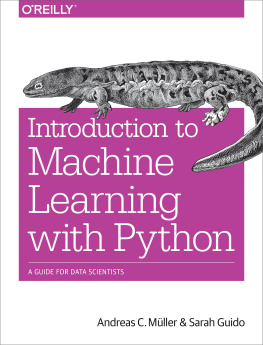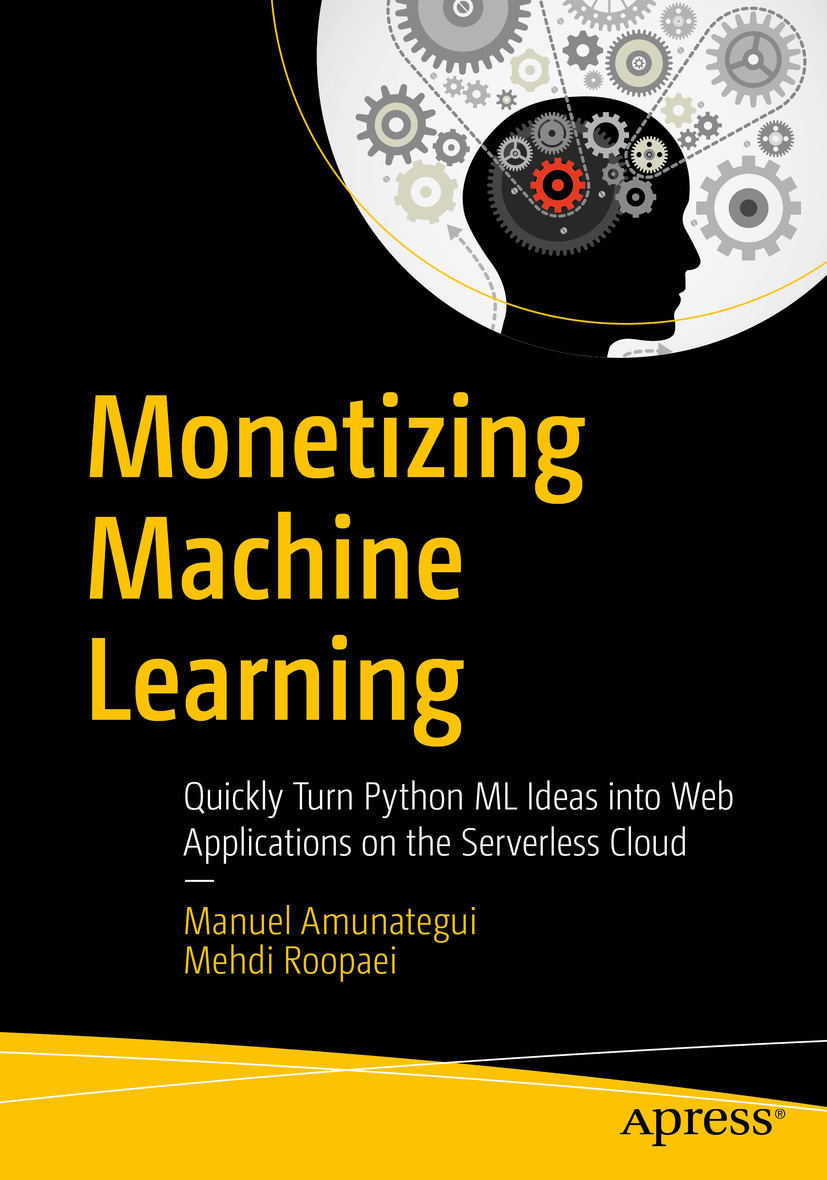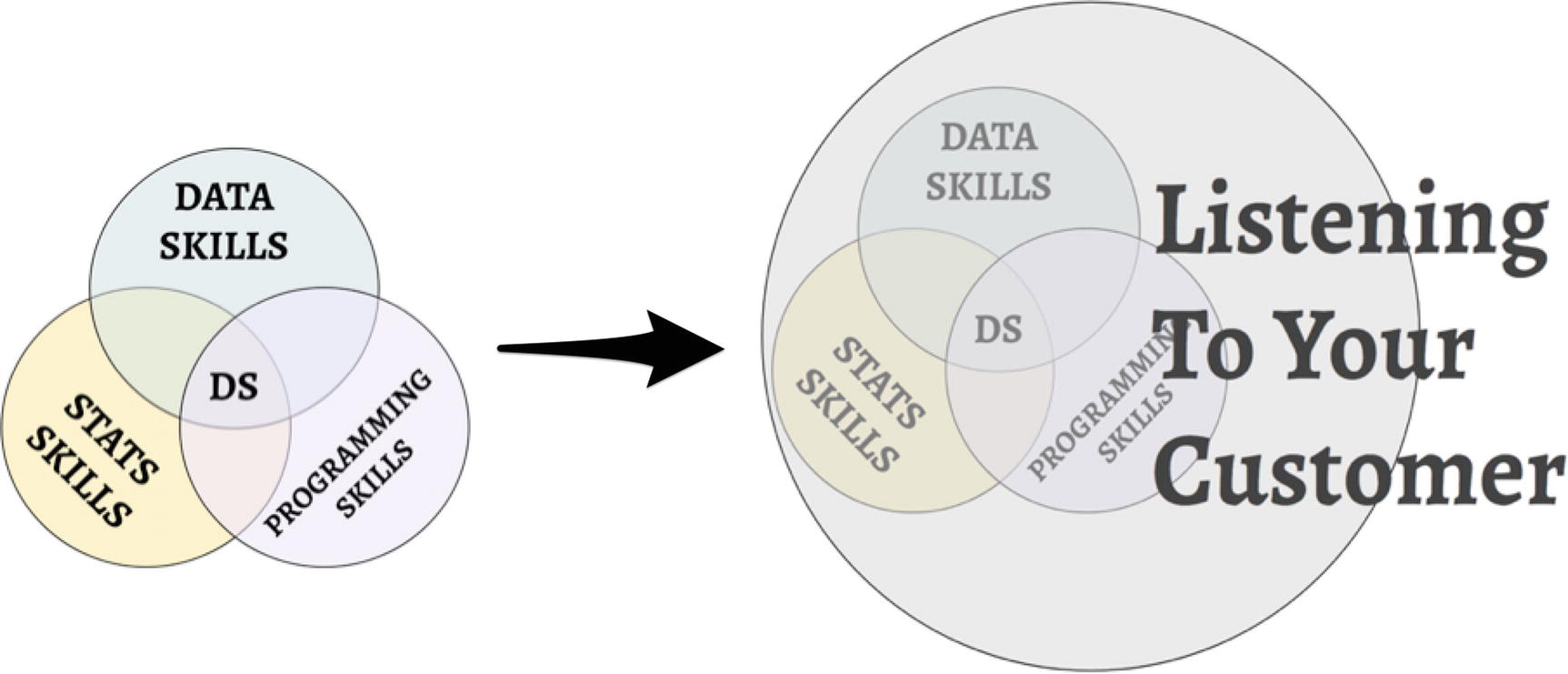Manuel Amunategui - Monetizing Machine Learning: Quickly Turn Python ML Ideas into Web Applications on the Serverless Cloud
Here you can read online Manuel Amunategui - Monetizing Machine Learning: Quickly Turn Python ML Ideas into Web Applications on the Serverless Cloud full text of the book (entire story) in english for free. Download pdf and epub, get meaning, cover and reviews about this ebook. year: 2018, publisher: Apress, genre: Computer. Description of the work, (preface) as well as reviews are available. Best literature library LitArk.com created for fans of good reading and offers a wide selection of genres:
Romance novel
Science fiction
Adventure
Detective
Science
History
Home and family
Prose
Art
Politics
Computer
Non-fiction
Religion
Business
Children
Humor
Choose a favorite category and find really read worthwhile books. Enjoy immersion in the world of imagination, feel the emotions of the characters or learn something new for yourself, make an fascinating discovery.
- Book:Monetizing Machine Learning: Quickly Turn Python ML Ideas into Web Applications on the Serverless Cloud
- Author:
- Publisher:Apress
- Genre:
- Year:2018
- Rating:5 / 5
- Favourites:Add to favourites
- Your mark:
Monetizing Machine Learning: Quickly Turn Python ML Ideas into Web Applications on the Serverless Cloud: summary, description and annotation
We offer to read an annotation, description, summary or preface (depends on what the author of the book "Monetizing Machine Learning: Quickly Turn Python ML Ideas into Web Applications on the Serverless Cloud" wrote himself). If you haven't found the necessary information about the book — write in the comments, we will try to find it.
Take your Python machine learning ideas and create serverless web applications accessible by anyone with an Internet connection. Some of the most popular serverless cloud providers are covered in this bookAmazon, Microsoft, Google, and PythonAnywhere.
You will work through a series of common Python data science problems in an increasing order of complexity. The practical projects presented in this book are simple, clear, and can be used as templates to jump-start many other types of projects. You will learn to create a web application around numerical or categorical predictions, understand the analysis of text, create powerful and interactive presentations, serve restricted access to data, and leverage web plugins to accept credit card payments and donations. You will get your projects into the hands of the world in no time.
Each chapter follows three steps: modeling the right way, designing and developing a local web application, and deploying onto a popular and reliable serverless cloud provider. You can easily jump to or skip particular topics in the book. You also will have access to Jupyter notebooks and code repositories for complete versions of the code covered in the book.
What Youll Learn
Extend your machine learning models using simple techniques to create compelling and interactive web dashboards
Leverage the Flask web framework for rapid prototyping of your Python models and ideas
Create dynamic content powered by regression coefficients, logistic regressions, gradient boosting machines, Bayesian classifications, and more
Harness the power of TensorFlow by exporting saved models into web applications
Create rich web dashboards to handle complex real-time user input with JavaScript and Ajax to yield interactive and tailored content
- Create dashboards with paywalls to offer subscription-based access
- Access API data such as Google Maps, OpenWeather, etc.
Apply different approaches to make sense of text data and return customized intelligence
Build an intuitive and useful recommendation site to add value to users and entice them to keep coming back
Utilize the freemium offerings of Google Analytics and analyze the results
Take your ideas all the way to your customers plate using the top serverless cloud providers
Who This Book Is For
Those with some programming experience with Python, code editing, and access to an interpreter in working order. The book is geared toward entrepreneurs who want to get their ideas onto the web without breaking the bank, small companies without an IT staff, students wanting exposure and training, and for all data science professionals ready to take things to the next level.
Manuel Amunategui: author's other books
Who wrote Monetizing Machine Learning: Quickly Turn Python ML Ideas into Web Applications on the Serverless Cloud? Find out the surname, the name of the author of the book and a list of all author's works by series.

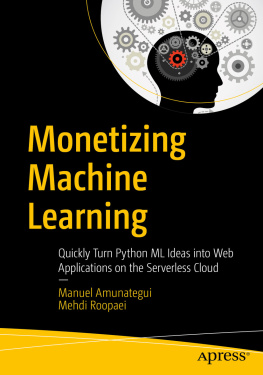


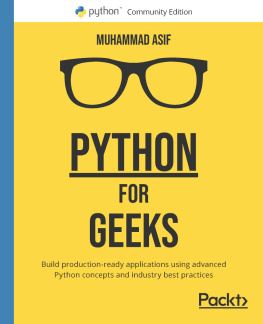
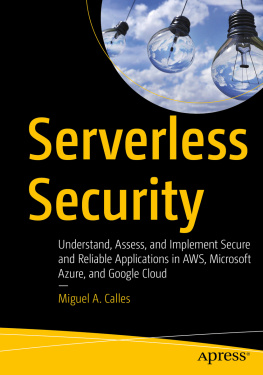
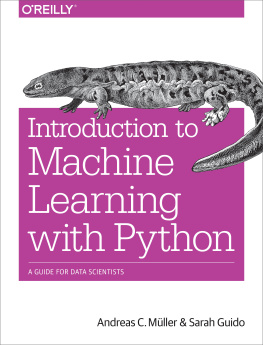
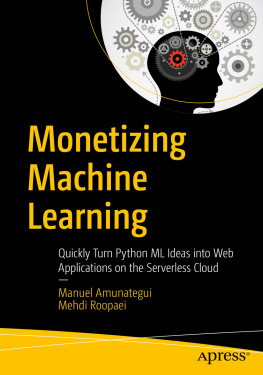
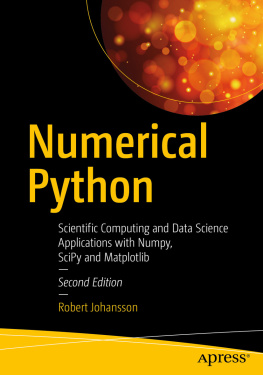
![Mark Wickham [Mark Wickham] - Practical Java Machine Learning: Projects with Google Cloud Platform and Amazon Web Services](/uploads/posts/book/119359/thumbs/mark-wickham-mark-wickham-practical-java.jpg)
